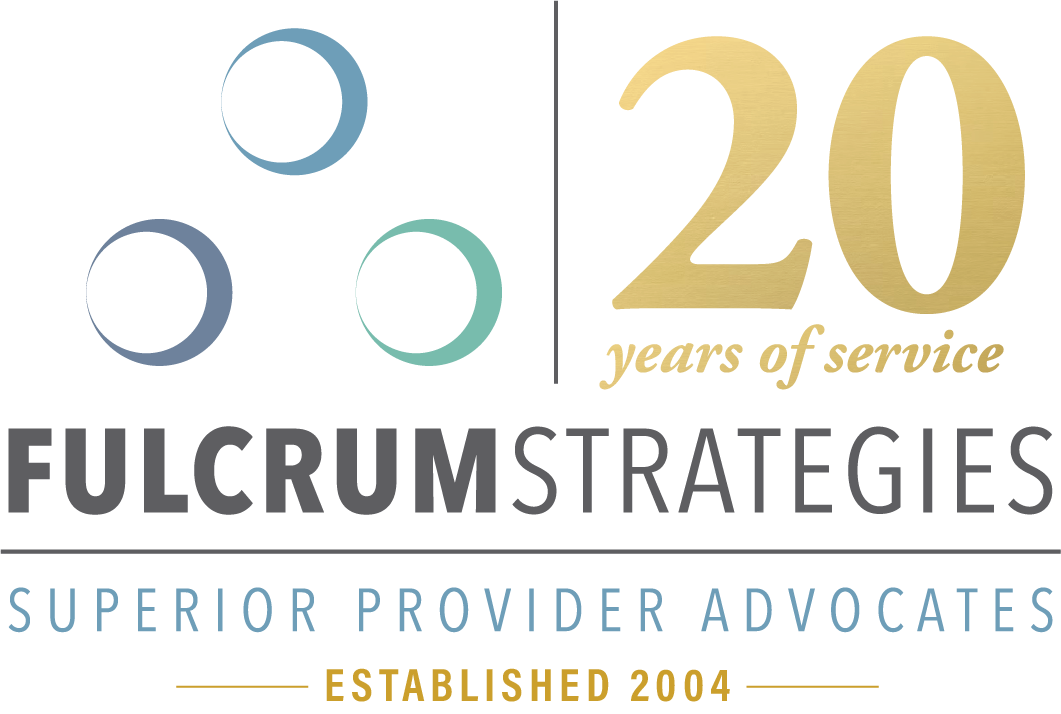The Perfect Economic Storm
This is the first of a series of pod casts that will take a serious look at the economic damage from Covid-19, what a post Covid world may look like and how it will impact various segments of the health care industry. At the end of this series I will share a number of strategies that physician practices should consider pursuing to not only weather this storm but also to position themselves to thrive in the new world that will be born from this disaster.
In 1991 a rare collection of meteorological conditions including a cold front, a hurricane and a nor’easter all combined at just the right time and right place to make the perfect storm. A few years after the storm a movie was made about the final voyage of the fishing vessel Andrea Gail that was lost with all hands when it got caught in the storm.
Today, economists like myself, are in the middle of a perfect economic storm the likes of which we have never seen. If economic crisis were graded like hurricanes this one would be the worst category 5 storm we have ever experienced. This is not an overstatement. If anything, its understating the economic crisis in which we find ourselves. The numbers are staggering.
Prior to this year the worst year for GDP growth was 1932 in the middle of the great depression. That year our economy contracted by 13%. In the second quarter of this year economists are predicting economic contraction of over 30%. In 1933 the country had its highest unemployment rate ever of 25%. Right now, many economists are predicting unemployment rates this year could exceed 30%. That’s right, at its peak 1 out of every three working age adults in this country could be unemployed. The other thing that is unprecedented about this economic crisis is how rapidly and dramatically it has happened. Prior to this year the worst week in history for unemployment claims was in October of 1982 when 695,000 Americans filed for unemployment benefits. This year we have had almost 10 times that rate when 6.6 million Americans filed for unemployment benefits in just one week.
While it’s clear that we are in the middle of the worst economic crisis in the history of this country what’s not clear is what recovery will look like. Some are suggesting that the economy will recover just as rapidly as it declined. They point to the underlying health of the economy before Covid and suggest that once the virus subsides, we will return to the good old days of low unemployment and economic growth. Others take a much more pessimistic approach and suggest that we will never completely recover from the damage that has been done and that the new normal is a much smaller US economy. I believe both camps are wrong. The more likely scenario is one where we have some recovery but also suffer the effects of Covid for a year or more before we come close to the kind of economic numbers, we had in 2019.
Let’s for sake of argument assume I am right. Let’s look at what 2021 would look like if we experience flat to slightly negative GDP growth compared to 2019. Let’s look at a 2021 where unemployment runs around 10% to 12% rather than the 4% it was in 2019. While those numbers are much better than where we are now, they still spell significant issues for the US economy and would put incredible pressure on the health care industry in this country.
Numbers like that are going to produce record deficits as tax revenue declines and spending on programs like unemployment, Medicaid etc. balloon. These deficits will be added to the incredible deficit spending the government had to do in the middle of the crisis and will push our debt to GDP ratio to record levels. These deficits could cause inflation concerns and push up interest rates. The combination of inflation and rising interest rates are devastating as they rob American workers of purchasing power at the same time driving up mortgage and credit card payments. All of this will put incredible pressure on the government to control deficits and try to right the ship in the middle of this storm. There are really only two ways to do this, raise taxes or cut expenses. Since raising taxes is the best way to become the x-Senator from your state there will be a push to cut expenses. Health care being the single largest federal expense category will come under scrutiny and we are likely to see politicians who don’t understand the complexity of our health care delivery system try to fix our system in some very interesting ways.
Stay tuned for the rest of this series. I will examine the possible government response to this crisis, how employers are likely to respond, the rise of consumerism and finally share some strategies that physicians should be pursuing now to make sure they survive this perfect storm.
Hold on tight. The seas are getting heavy and the worst is ahead of us.
Check out our podcast that coincides with this blog post!
https://podcasts.apple.com/us/podcast/fulcrum-strategies-analyzing-changes-in-health-care/id1281557675?i=1000473677961
